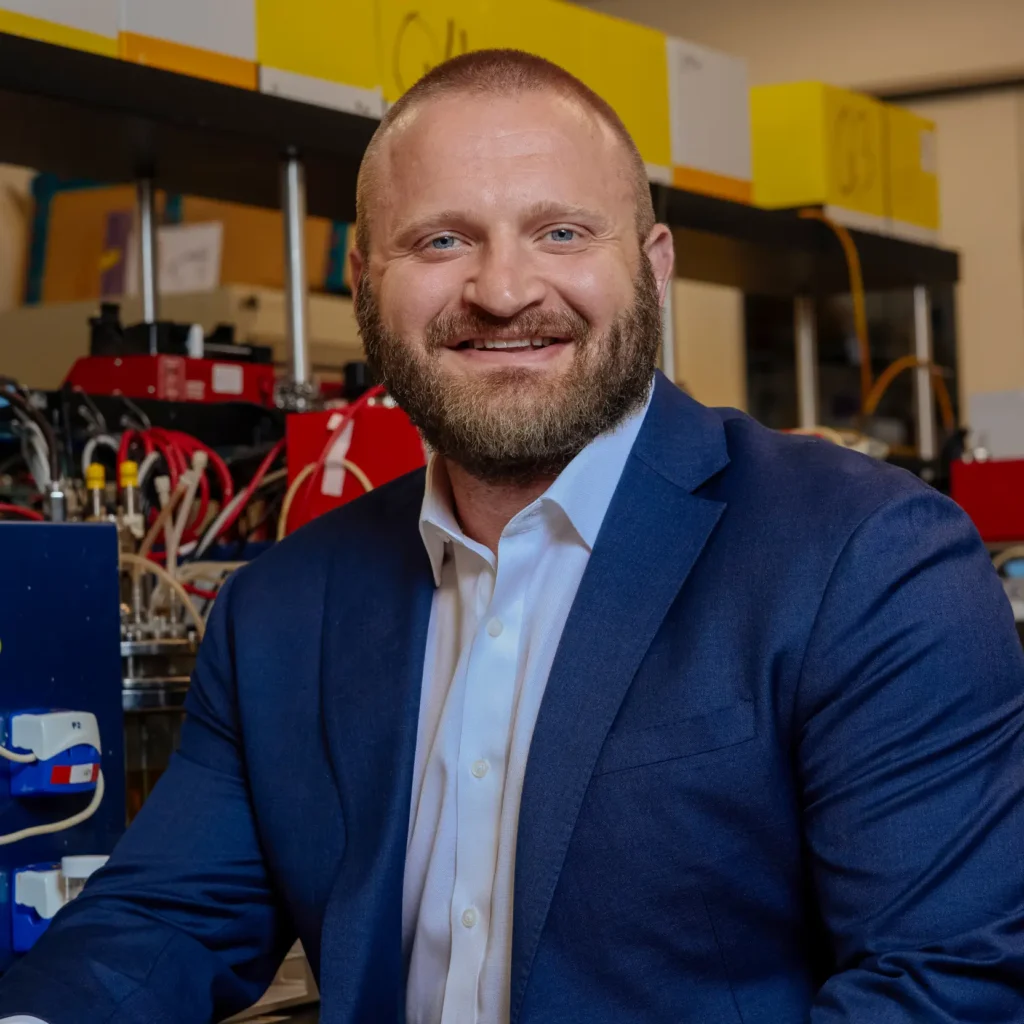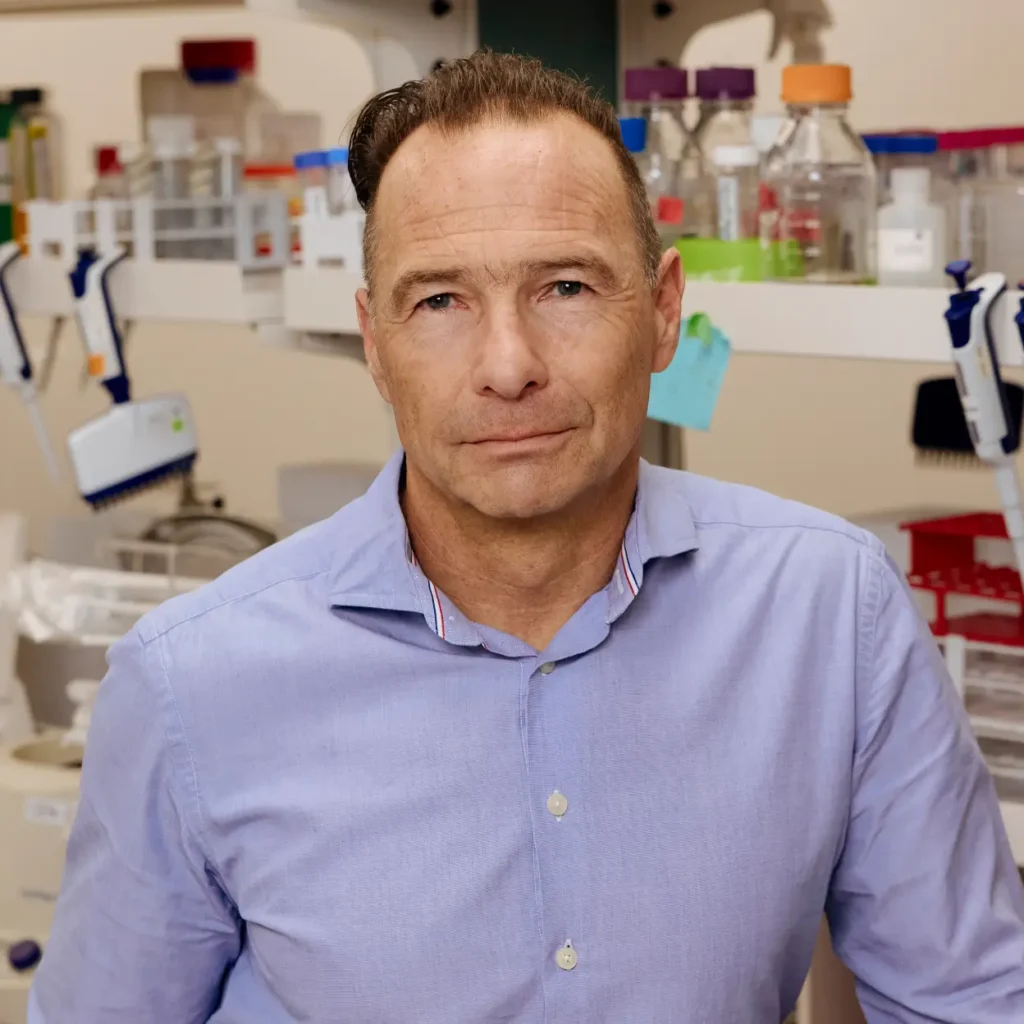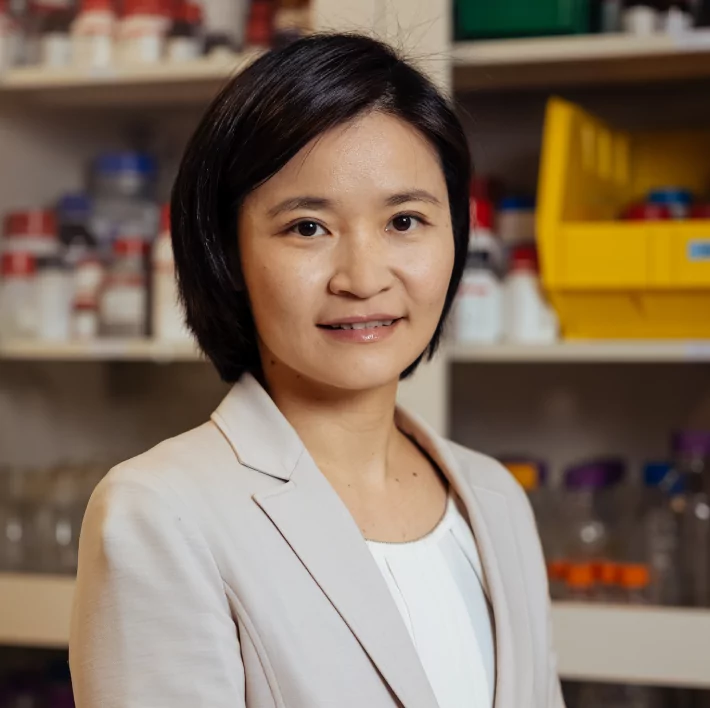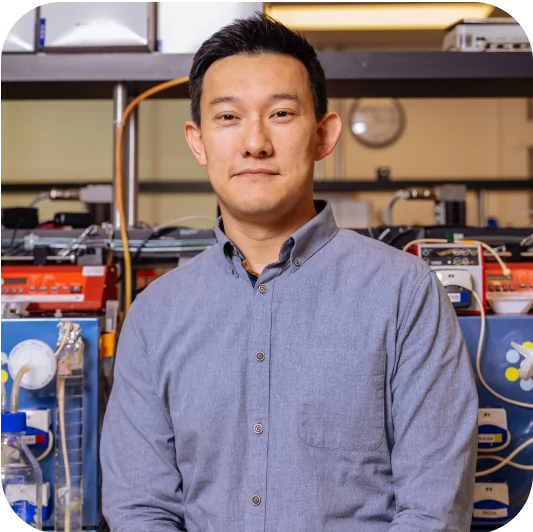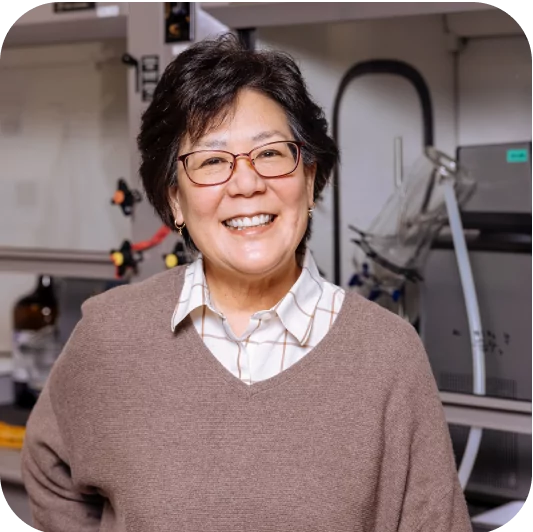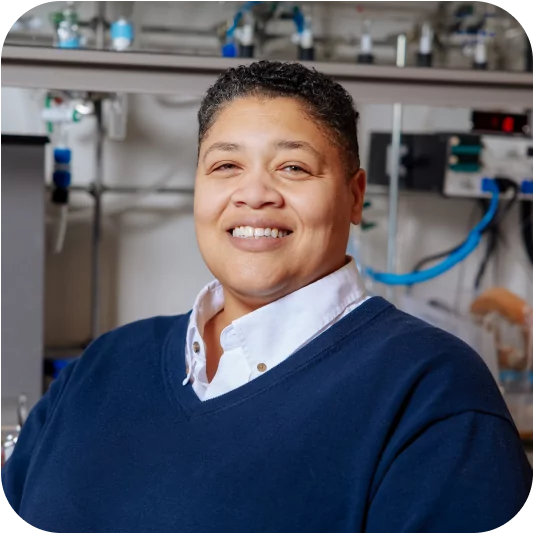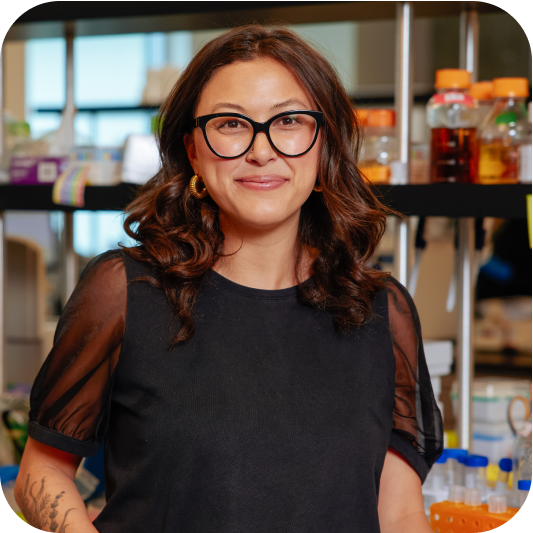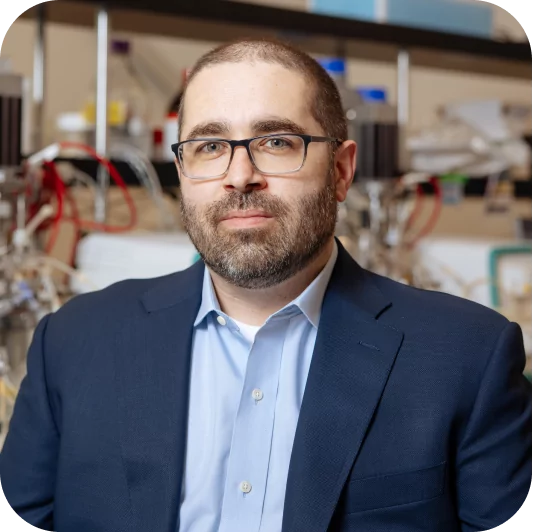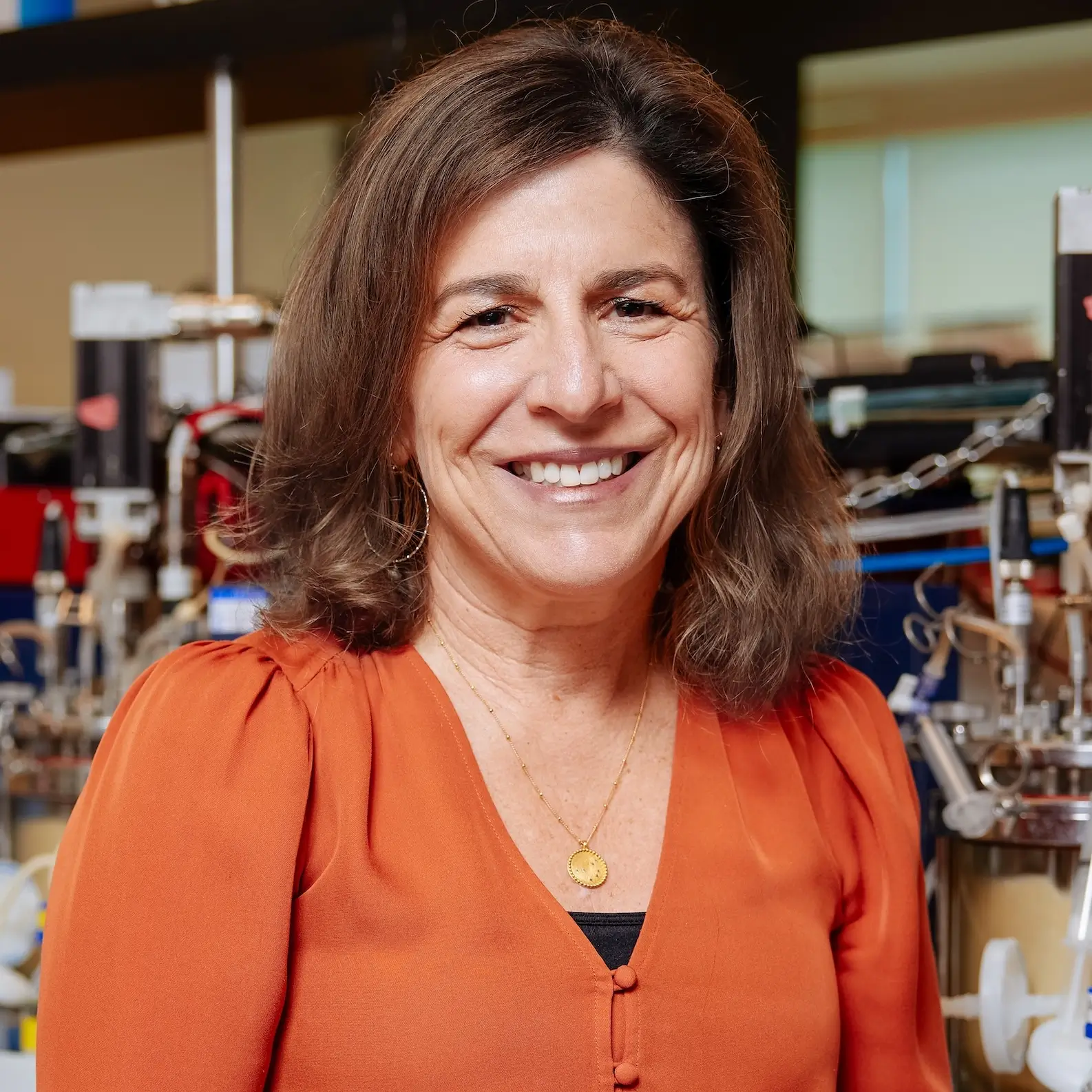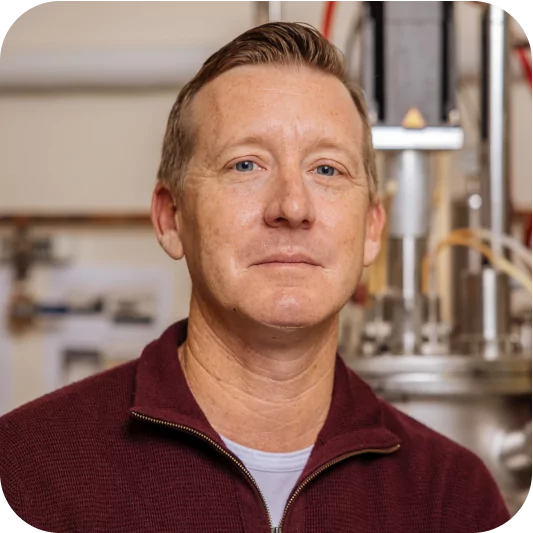As the newly appointed Senior Vice President of Commercialization, Richard Sherwin is poised to move Antheia into its next phase by building a vibrant commercial market footprint. His collaborative work with Antheia has spanned nearly a year as a fractional, valued member of the team, and as of August 2023, he’s now full time in preparation for what will be a milestone year in Antheia’s history.
Richard recently sat down to share his thoughts on Antheia’s move toward commercialization, and describe what he sees as the most meaningful approach to building his commercial vision for the company.
You’ve had an interesting career and seem to have relentless energy toward seeking excellence in everything you do – from hobbies to your work. How would you summarize your career path and background?
I call it the colorful entertainment version of my career when I describe it. Currently, I’m a commercial executive who has become adept at interpreting the best of science into realistic and practical applications, relevant to the downstream markets. However, I began in an entirely other direction. My first job was as an assistant marketing manager for a pharmaceutical company – a role and an industry that I had never envisioned for myself. However, what I couldn’t have predicted were the challenges and opportunities that it threw at me, which brought me to where I am today.
The core thing that led me to where I am today is simple — it’s people. The interactions, the relationships, and deciding with others to collaboratively create something that is better than before. My children sometimes ask me, Dad, what do you do? I tell them that I try to develop value – harnessing value and steering assets to meaningful end goals, and doing it by working with remarkable people. While sales is a part of my work, I don’t think about it as growing sheer dollars and numbers. Instead, I focus on what will benefit others, and what will make a difference to others, and I figure out how to deliver innovative solutions that can do just that. Which means my career trajectory, from assistant marketing manager to corporate consulting, to leading commercial efforts at Johnson & Johnson, and now, at Antheia, has all been centered around being a trusted and knowledgeable partner.
Antheia’s core mission is to innovate and transform essential medicine supply chains – how does your role as SVP of Commercialization support this mission, and what are your key responsibilities?
A well-recognized and common failure of development organizations as they become operational, is lack of focus. All too often, the temptation to broaden reach too early or prematurely take on additional product areas results in failure to deliver on the primary goals and targets. I don’t see this at Antheia – when I first started working with them, I was impressed by the focus and diligence throughout the entire team. Although we have a rich and exciting pipeline, the team is incredibly disciplined on the delivery of near-term products. I see my role as the SVP of Commercialization as being the one to ensure that our immediate customers can clearly see this high level of diligence and support that we will be providing them, and to ensure they understand our ability to deliver as a first-time manufacturer of KSMs and APIs produced from biosynthesis.
Our industry has been aware of this technology for KSMs and APIs for well over a decade, but generating products from that technology has never been done before. Antheia will soon be the only organization to successfully convert this technology into highly complex pharmaceutical products. As I bring all of our commercial developments into alignment with our operations, finance, and R&D teams, I will also be driving this point home for our customers.
Fortunately I’ve had time to prepare for this endeavor – my in-depth market analysis of KSM and API markets, various revenue models, and business cases, allowed me to generate a roadmap ahead of our relationship building processes. So ultimately, part of my job is demonstrating our successes to our customers to build confidence and trust as we begin to bring our products to market.
Could you elaborate on the challenges and opportunities you encounter when bridging this gap between research and commercial production, or in Antheia’s case, technology company to product company, in the biomanufacturing industry?
I’m astounded at the insight, planning, and corporate governance at Antheia in ensuring the roadmap from development to commercial is cast iron. Having a world-class science team has given us an incredible foundation to be successful as we transition to a commercial stage. This allows me to stay singularly focused on ensuring our customers are aware of just how robust our path to commercial actually is. We’re also well ahead of the types of challenges and questions our customers and regulators will have and we’re prepared to partner with them and provide support and data throughout the process. My part will also entail ensuring our customers are aware of our regulatory readiness and that they are fully engaged with this process at the outset.
What’s your commercial take on the environmental considerations and sustainability factors of Antheia’s technology?
Regardless of what camp you’re in, temperatures are rising, and populations are increasing, which means that our demand for the same fertile lands and prime growing areas is also increasing — while those resources are absolutely not. Layer in the challenges within the pharma industry of agriculturally derived products, and the very particular requirements of the plants, including specific climate and growing conditions in order to optimize alkaloid content — and it gets much more complicated. It’s all very tenuous, not to mention all of the chemicals needed to protect and extract these elements. All in all, this legacy process is faltering – it’s a significant demand agriculturally and an enormous amount of biomass to grow, store, and transport.
Fortunately, fermentation brings significant advantages in terms of control, geographic flexibility, reliability, and sustainability. Our fermentation-based production cycle is on the order of weeks, compared to the years-long agricultural cycle. That means we can be a lot more flexible and produce when and where we need to at an infinite capacity. So flexibility, capacity, containment, lack of exposure to environment, and costs are highly differentiated, as well as lead time. That’s going to make a massive impact on the actual supply chain dynamic and reliability and affordability, and even more so for sustainability and our environment.
What do you hope to achieve at Antheia in the next year, and in the next 5 years?
In the coming year, my goal is to have supplied validation material to key customers for our first product and have sampled and obtained validation orders for our second product. Within five years, ideally, we will have achieved or be well on our way to achieving market leadership for our first 1-2 products. Over that five year period, we expect to become a market disruptor, and while we’ve speculated on the ways that may unfold, we can’t say for certain how that exact trajectory will look. What I do know is it will be bold, and uncharted, and involve managing risk as we work to produce KSMs and APIs.
A fun fact about me is that I’m a mountaineer, but I also don’t have a very good head for heights! Climbing mountains with a distaste for heights has given me perspective on how to manage risk. In September, I plan to ascend the Eiger Mittellegi ridge in the Swiss Alps – and there is a sheer drop of at least 1,000 meters on either side, and it requires careful collaboration with your partner and extreme focus on progressing forward to ensure you both safely make the climb. These types of climbs have helped me to keep my psychology agile and have allowed me to challenge the voice that says, “this simply cannot be done.” As I look to our work with Antheia, we also have to work collaboratively, manage our risks, and overcome the challenges we will face. I have no doubt that in the next year, five years, and beyond, we’ll continue to conquer unbelievable feats together as a team.
What makes Antheia a great place to work?
The short answer is, industry leading technology, backed by robust corporate governance, and an amazing team spirit. A great team connection, like what we have at Antheia, acts as a catalyst for the work and the business, rather than cement slowing you down.
The long answer is that, if I’m going to do something, it must be about supporting the future, and my children’s future. I believe in what Antheia is doing. But what makes it a great place to work is always the people. The thing that drew me to Antheia initially was meeting Christina. I get along with most people, but there are certain people you truly want to spend more time with, to make them your friend straightaway, in addition to a business partner. I found that in Christina at the outset.
From my historical knowledge of the space, I also knew what Antheia has achieved is extremely impressive. To be successful in this space, the science must come first – and Antheia has this very rare and enviable position of having world-class science, a very clear vision and roadmap of where they’re going, and how they’ll layer in deliverables to make that happen. The company is also run superbly well, by a talented group of people. They don’t underestimate the challenge ahead of them, and they are razor focused – it is so extremely encouraging and exciting to me. In short, Antheia is a great place to work because of Christina, and the good team alongside her.
